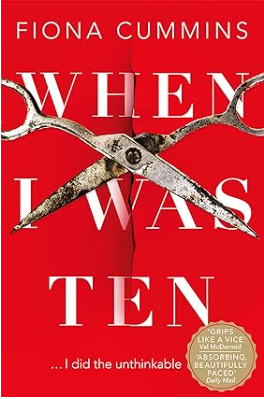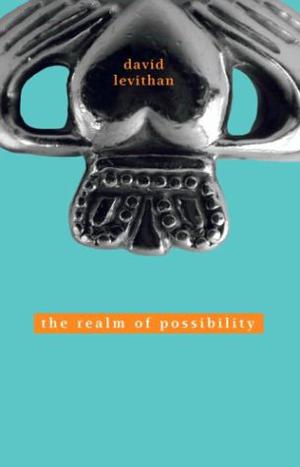This month’s theme for our school’s student book club was childhood classics and students were invited to read or re-read a beloved story. I chose Frances Hodgson Burnett’s A Little Princess, a story I have read several times over the course of my life, but not for at least twenty years.
This is the story of Sara Crewe. At seven, she and her father leave their lives in India and head to London, England, where Sara is to become a pupil at Miss Minchin’s Select Seminary for Young Ladies. Sara’s mother is dead and she and her father share a close bond and “They had always played together and been fond of each other.”
Sara is a curious, self-possessed child, with “a queer old-fashioned thoughtfulness in her big eyes.” She seems to draw the ire of Miss Minchin almost immediately, but she befriends several of her classmates, and the housemaid, Becky, by telling them imaginative stories.
When something horrible happens to change Sara’s financial position, Miss Minchin send her to the attic to live with Becky and mistreats her horribly. Plucky Sara never complains, though. She has her imagination to keep her company, and soon enough, she draws the attention of the Indian gentleman that lives next door and the family across the square.
I loved A Little Princess when I first read it as a kid and I still love it now. Sara is so determined to see the good in everyone and her intelligence and kindness are admirable traits.
Time spent with Sara Crewe is always well spent.









